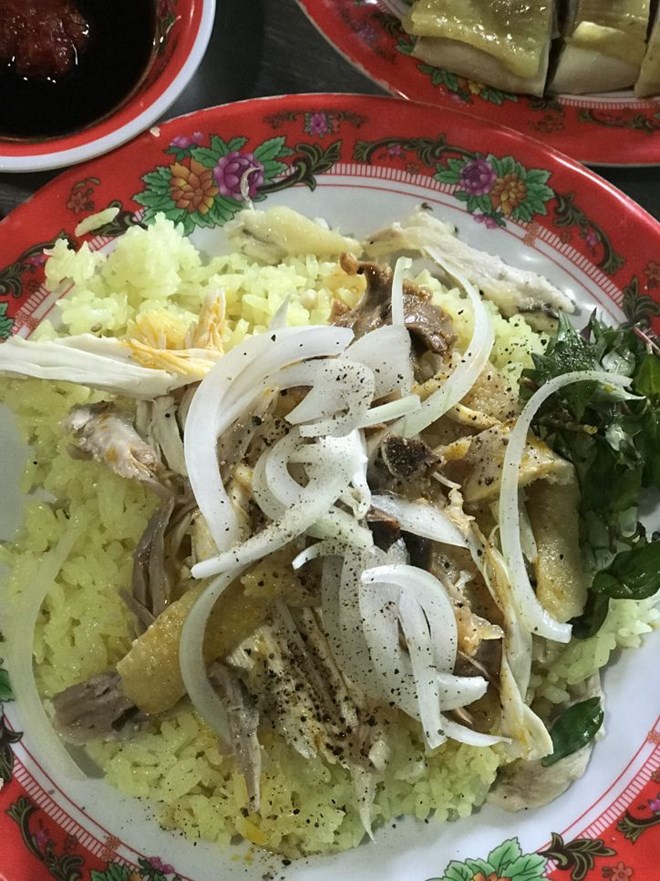
The Yellow of Hoai Pho
Once, while wandering in the ancient capital of Luang Prabang (Laos), our group of backpackers saw an old French-style villa, painted yellow, located under a Sala tree laden with bright orange flowers, in the bright sunlight of a tropical summer.
Staring at the yellow wall, my friend suddenly exclaimed: “Oh my god, how I crave a bowl of Quang noodles!” Without warning, the whole group felt their saliva flowing in their mouths.
Wow, indeed, looking at the dark yellow wall of the strange villa in a foreign land, we suddenly missed the golden, delicious dishes of Hoi An.
This is not a metaphysical association, but simply because the yellow-covered delicacies of Hoai Pho (the old name of Hoi An) have been deeply imprinted in my memory, so that whenever I see a yellow wall, I immediately think of a chicken rice restaurant, a Quang noodle cart...
Dishes are inherently formed from the human eye's view of their own living space. They visualize the lines, structures, and colors of that space, and then put them into the dish to create a local or indigenous personality in the dish.
In Quang Nam, it is sunny even before it rains, and it is very sunny, so the color of sunlight is the color of the land and people of Quang Nam. Traveling through the cities of Quang Nam, from Hoi An to Tam Ky, everywhere is a bright yellow color of sunlight, of streets and houses painted yellow, of yellow chrysanthemum porches...
Therefore, that warm tropical yellow has permeated every dish of Quang people, especially in Pho Hoai, the commercial center, connecting with other regions. The yellow color of Quang Nam cuisine also contains harsh heat, a challenge that if overcome, will be loved and remembered forever.
A bowl of Quang noodles cannot be considered Quang noodles if it lacks the golden color. The golden noodles are made from rice flour mixed with turmeric powder or crushed turmeric water, and are covered with chicken pieces cut from the thigh, wing or any part, but the mandatory requirement is that the golden skin is still intact.
The yellow color of Quang noodles also comes from the bright yellow egg yolks, from the roasted peanuts that are just the right amount of yellow to be both fragrant and crunchy. All the non-yellow ingredients such as the pinkish white pork belly and the bright red steamed shrimp will also be dyed yellow by a few spoonfuls of thick broth, not making the noodles "soggy" but enough to blend everything.
Not only that, there is also the golden brown color of the crispy rice paper and the bowl of pure Nam O fish sauce with golden sliced chili peppers that are spicy but not burning your mouth. Mix everything together to create a bowl of noodles that is radiant with golden sunshine, then enjoy it, and you will feel the soul of Quang Nam.
The same goes for Hoi An’s Cao Lau. Cao Lau noodles, not vermicelli, are also made from rice flour, but before being ground, the rice is soaked in ash water from firewood burned in Cu Lao Cham. Even without turmeric, Cao Lau still has a yellow color thanks to the ash that permeates it.
The yellow color of Cao Lau becomes even more eye-catching when sprinkled with a little broth. The light brown-yellow Cao Lau noodles suddenly become shiny like a piece of chicken fat, with fragrant pieces of char siu, golden fried pork skin or fried pork rinds and roasted peanuts, standing out on the lush green leaves of herbs.
At first glance, a bowl of Cao Lau looks similar to a bowl of Quang noodles, but these are two different dishes. However, they both share a spirit, a story about the sunshine of this country's cuisine. The sunshine here is fierce, but it also creates a different flavor for the dish and gives rise to an endless source of inspiration from the land.
Another dish of Quang region that also makes people remember because of its attractive yellow color is chicken rice. It is true that many places in Vietnam have chicken rice, but when we talk about chicken rice, we think of Hoi An chicken rice or Tam Ky chicken rice.
Looking at the chicken rice dish in Hoi An, I kept imagining a rural area of Quang Nam. On a hot summer afternoon, the chickens with plumage leisurely foraged next to the haystacks, in the middle of a cool green garden. The wind from the Thu Bon River blew in, cooling the afternoon dream.
Here, the straw is the bowl of fragrant steaming golden rice, next to the pieces of chicken with golden, soft skin, and the garden is the coriander and herbs picked from Tra Que. Eating a piece of that chicken rice is so satisfying. Just that, but I still miss the sunlight of Pho Hoai!
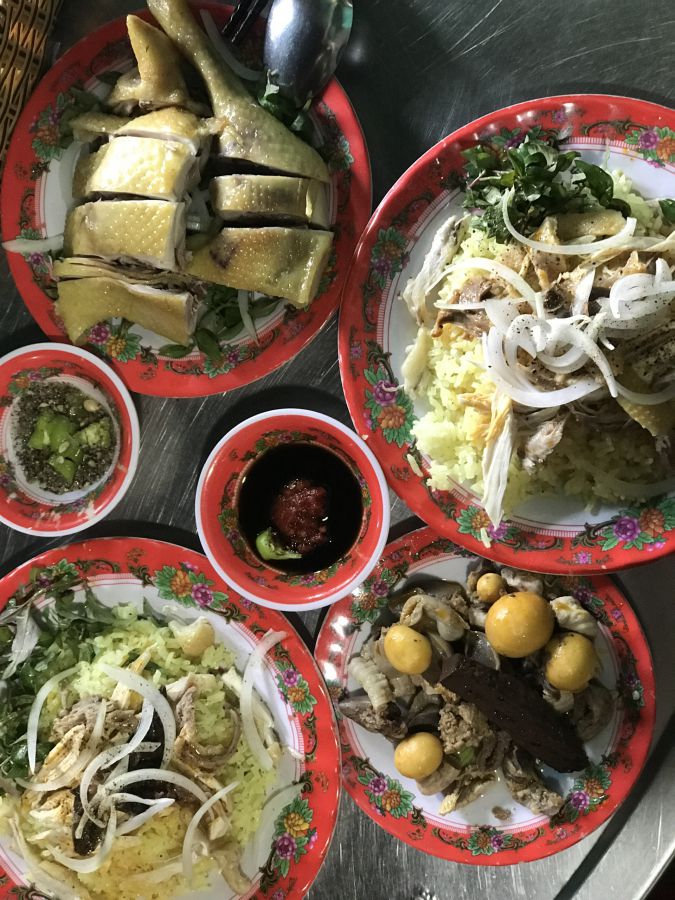
The Mind of Color
One of the philosophies that most influences the Vietnamese is the concept of yin and yang and the five elements. This consciousness is deeply ingrained in the way Vietnamese people color their dishes. At the same time, the color of the dish can be said to express thoughts, feelings and wishes.
Quang Nam people put yellow in their dishes because they love the sunshine and wind of their land. The yellow color in dishes is the soul of their homeland, so eating those delicious dishes is a way to create the closest bond. This is not strange. We can see dishes with characteristic colors that have similarities. A bowl of Hue beef noodle soup, for example.
Spiritual values are most easily seen through Hue's colorful dishes. Hue's dishes are not purely one color or use one main color. Looking at a bowl of Hue beef noodle soup, we will clearly see 5 distinct colors: Red - Purple - Yellow - Green - Blue thanks to the mixed ingredients. It is not without reason that Hue beef noodle soup conveys the spirit of Hue people.
These are also the basic five colors of the crafting art in Hue, with the peak being the art of Phap Lam (spraying the copper surface with color and painting patterns on the outermost layer). These colors are not neutral, but their effect when combined creates a brilliant beauty, very flattering and soothing to the eyes.
These colors are everywhere in Hue: Palaces, temples, tombs, costumes and dishes. To understand this mentality, try to find the Phap Lam colored cake, a beautiful cake like a work of visual art with all 5 colors, which can rotate and change according to each viewing angle.
Phap Lam colored cakes originated from the royal court and were only made on holidays and Tet to worship ancestors and Buddha. Phap Lam colored cakes are elaborate not because of the process of making the cakes but because of the folding of colored paper to wrap the cakes, so that they have all five colors but still have to be perfectly square and beautiful.
Even the cake filling must have all 5 colors, with red from tomato jam, orange from grated carrots, yellow from ginger jam, purple from raisins, blue, green from colored pumpkin jam... The Phap Lam cake is beautiful, but when cut into layers, it looks even more beautiful. When eating, only dare to chew gently for fear of breaking the fragile beauty.
On the altar of Hue people, there is another beautiful cake, with all 5 colors, called "banh co". The square-shaped "banh co" cakes are wrapped in five-color paper, each cake has a different color, when worshiped, they are often arranged into a 5-layer cake tower.
Although the cake is not as elaborate as the Phap Lam cake, it still shows that Hue people always put the most beautiful things on top.
But not only do they reserve that beauty for important purposes, Hue people also turn ordinary dishes into colorful works of art. Just looking at a plate of snacks like banh troi or banh ran sold on Hue sidewalks, we will see all 5 colors.
Hue sweet soup has also become a special type of sweet soup of the ancient capital, where dozens of types of sweet soup are created around the basic five colors that Hue has absorbed from Champa culture and Dai Viet culture in ancient times. Those colors can stand alone or be mixed in a sweet soup, but no matter what style, it exudes a very Hue style that cannot be imitated anywhere else.
Colors not only reflect the origin of ingredients and the way they are prepared, but also convey cultural aspects or identify the geographical and historical identities of regions. When we approach these stories, we will see that a delicious dish is not only about the flavor, but also about the color.
Source: https://laodong.vn/lao-dong-cuoi-tuan/mon-an-ngon-boi-mau-sac-dep-1338410.ldo



![[Photo] Ready for the top competitions of Vietnamese table tennis](https://vphoto.vietnam.vn/thumb/1200x675/vietnam/resource/IMAGE/2025/5/18/9c547c497c5a4ade8f98c8e7d44f5a41)
![[Photo] General Secretary To Lam visits exhibition of achievements in private economic development](https://vphoto.vietnam.vn/thumb/1200x675/vietnam/resource/IMAGE/2025/5/18/1809dc545f214a86911fe2d2d0fde2e8)



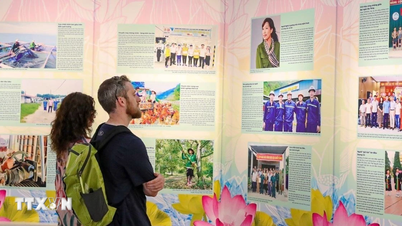

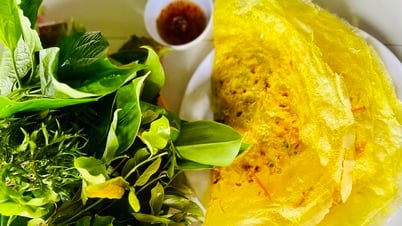












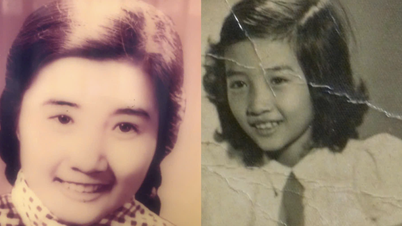



![[Photo] National conference to disseminate and implement Resolution No. 66-NQ/TW and Resolution No. 68-NQ/TW of the Politburo](https://vphoto.vietnam.vn/thumb/1200x675/vietnam/resource/IMAGE/2025/5/18/adf666b9303a4213998b395b05234b6a)















































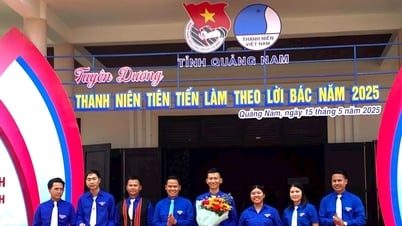
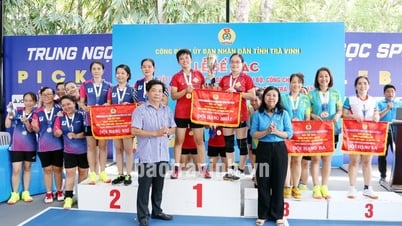
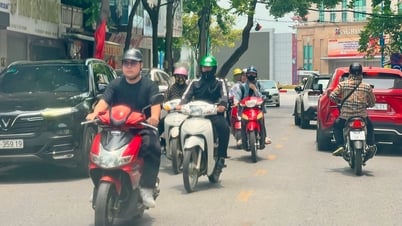
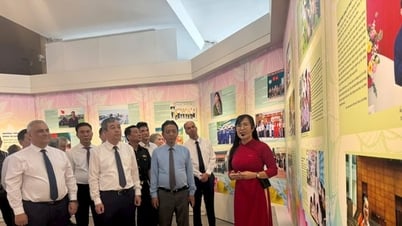

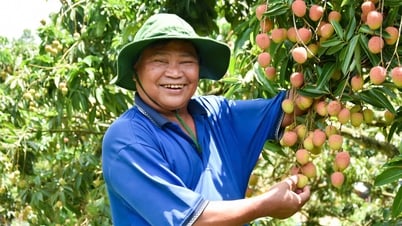










Comment (0)